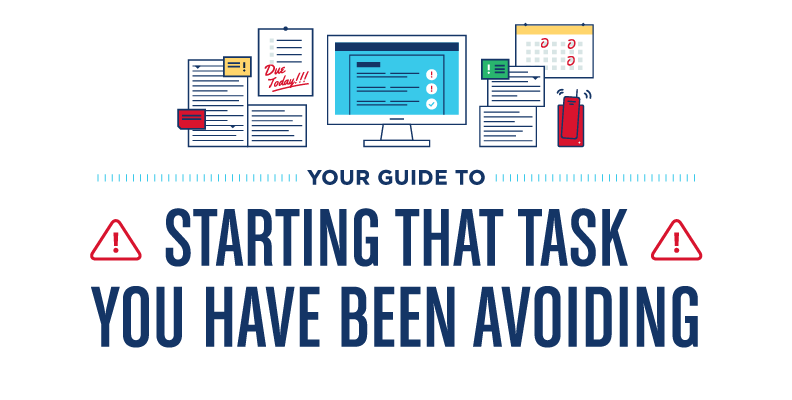It could be a tagline for struggling movie theaters in 2021: No Time To Die.
The newest James Bond movie echoes the challenges faced by cinemas in the age of Covid. Time and time again, the release of James Bond #25 had been canceled as lockdowns forced theaters to close.
And, just like the Bond franchise, cinema must reinvent itself to survive in the modern world. In the 20-year gap between GoldenEye (1995) and Spectre (2015), ticket sales for all movies rose by precisely zero, staying at 1.3 billion tickets worldwide while the global population grew by 2 billion.
Online movie streaming is a formidable villain – but this is not a zero-sum game. Netflix et al. have the advantage of convenience and affordability. But streaming has revitalized our passion for movies. And that passion is tempting us ‘out of retirement’ to go back to the theaters in record numbers.
In some places, ticket prices are rising to fuel the recovery, while others are dropping prices to tempt back movie-goers in greater numbers. NetCredit uncovered the price of movie tickets in every country and compared them to local wages to see who’s getting the best deal. And then we found the number of movie theaters in every country and US state and city to see who’s making a killing.
Key Findings
- El Salvador has the world’s cheapest average ticket price, equating to $0.52/ticket.
- The priciest movie tickets are in Lebanon, at an average of $29.78 each.
- Mali has the world’s least affordable movie tickets, costing $4.48 or 59% of the average weekly wage.
- The US has the second-highest number of movie screens per 100,000 people (26), following St. Kitts and Nevis (13.16).
Asian Countries Have Most Expensive Movie Tickets
A movie ticket costs $0.52 in El Salvador – the cheapest average in the world. This also gives El Salvador the second-best affordability in the world, trailing Luxembourg by just a few decimals. El Salvador is the first country to make Bitcoin an official currency, putting it in harmony with the cinema world, where theater chain AMC is moving to accept crypto payments at the box office.

The world’s priciest movie tickets tell a tale of several Asias. Lebanon has a developing economy, and tickets have recently soared to an average of $29.78 as a result of inflation and theaters’ attempts to survive the Covid slump. This makes Lebanon the sixth least affordable country to go to the cinema. The second-most expensive tickets are in wealthy Kuwait ($22.45), but high incomes make this ticket just the 39th least affordable in the world.
Asian countries account for six of the ten most expensive movie tickets in the world. In India, which is actually one of the cheapest countries in the world and the fourth cheapest in Asia for movies, one local state is creating its own price-capped ticket portal to keep movies affordable.
Mali, Cambodia Have World’s Least Affordable Movie Tickets
Norway and Australia have among the most expensive tickets in the world, but they are still very affordable for those earning the average wage or more. Canada and Germany each have movie tickets that are north of ten bucks without being extortionate – and a decent local wage keeps them in range. El Salvador can thank super-low prices, and Ukraine likewise has affordable tickets due to low prices ($3) despite below-average wages ($178.21).

Cinema-goers in the least-affordable countries are more hindered by low wages than high prices. Of the bottom ten, only Lebanon and Cambodia have ticket prices above ten dollars. Mali leads the trend, with a reasonable $4.48 tickets set against an average weekly wage of just $7.59 – meaning you’d need to spend 59% of a week’s paycheck to see a movie.
US Beaten by Tiny Island for ‘Most Movie Screens Per Person’
Our next map shows the number of movie screens per 100,000 people in every country. The redder the territory, the more likely you are to find a screen near you.
With a population of just 53,192, it’s not too hard to find a seat in the only movie theater on St. Kitts – which has seven screens. That’s 13.16 screens per 100k, the best availability in the world. The US has a population more than 6,000 times larger than St. Kitts but takes second place for screens-per-head thanks to its 40,393 screens. Only China has more screens: 50,776 for a population four times greater than the US.
Many of the countries with the worst affordability are those with the fewest cinemas. However, this trend has less to do with rarity value as with the poor economic conditions in those places. African and southern Asian nations make up 17 of the 20 countries with the fewest movie screens per person.
North Dakota and Santa Monica Have Most Movie Screens in US
In the old days, theaters played films on a non-stop loop to fit in multiple screenings. Ticket-buyers could enter and leave whenever they liked, often watching a film from the middle all the way round to “where they came in” or staying for multiple viewings.
Then Alfred Hitchcock demanded that audiences watch Psycho (1960) from start to end to avoid spoilers – and the film industry found a new rhythm. With audiences arriving at pre-ordained times, movie theaters could regulate staffing and concessions sales on an industrial scale. The multiplex was born in the US, evolving into ever-more luxurious ‘malls for movies.’ (Although Manchester, UK’s Regal claims to have been the first ‘twin screen’ cinema.)
The number of cinema screens in the US has nearly doubled since 1987 (in James Bond years, that’s The Living Daylights). North Dakota stakes an unlikely claim to be America’s capital state of movie-going, with 41.7 screens for every 100,000 inhabitants. The single-screen Scenic Theater opened in the small North Dakota city of Lisbon in 1911 and is today the longest continuously-run cinema in the US.
Finally, we studied 500 of America’s most populous cities to see which have the most and fewest movie theaters. It would be wrong to say there are no surprises among the results, not least because the city with the fifth-fewest cinemas per person is Surprise, Arizona: 0.7 per 100,000 inhabitants. However, it is the Florida city of Cape Coral – known for its outdoor places of natural beauty – that has the overall fewest movie theaters per 100k.
The best-served city in the US is Santa Monica, CA, with more than 50 screens per 100,000 inhabitants. As a glamorous commuter town for many of Hollywood’s wealthiest stars, Santa Monica is certainly no Surprise – and, as well as its multitude of cinematic scenes unfolding on cinema screens, you’ll find plenty of familiar movie locations out and about.
The Future of Cinema(s)
Even Santa Monica theaters are struggling in the pandemic’s wake. But if American ticket prices are at the high end of the scale (average $16.96), they remain pretty affordable (2.4% of the average daily pay) even as they outstrip stagnant wages.
The audience is there for the taking once theater doors have fully reopened. But in an age of prestige TV, can blockbuster filmmakers offer anything more than bigger and bigger explosions to tempt them back?
METHODOLOGY & SOURCES
To determine the price to watch a movie in every country, we manually researched the cost of movie tickets in over 250 theaters across 120 countries. The average price of a movie ticket in every country is a composite of the real movie ticket price as of September 2021 at one to three cinema chains in every country. We then converted the average movie ticket price in local currency to the US dollar using Google Finance conversion rates, accurate as of September 2021.
Data on the median estimated daily income by country used to calculate moviegoing affordability came from the World Population Review.
Data on the number of screens in each country primarily came from UNESCO and Cinema Treasures, and was adjusted for population using data from the World Bank. Data on the number of screens by US city and state came from Cinema Treasures and was adjusted for population using data from the U.S. Census Bureau and simplemaps.



